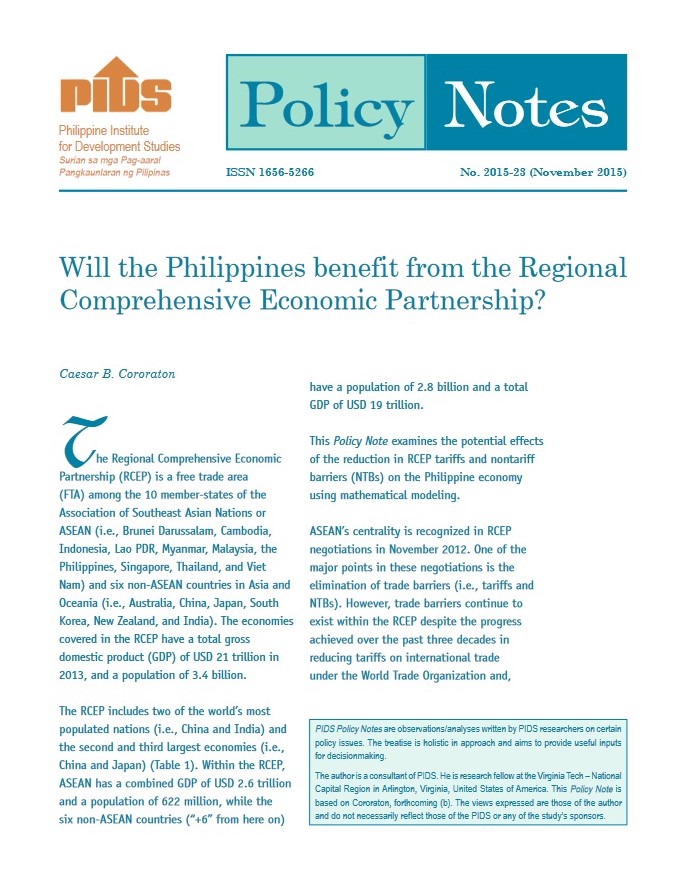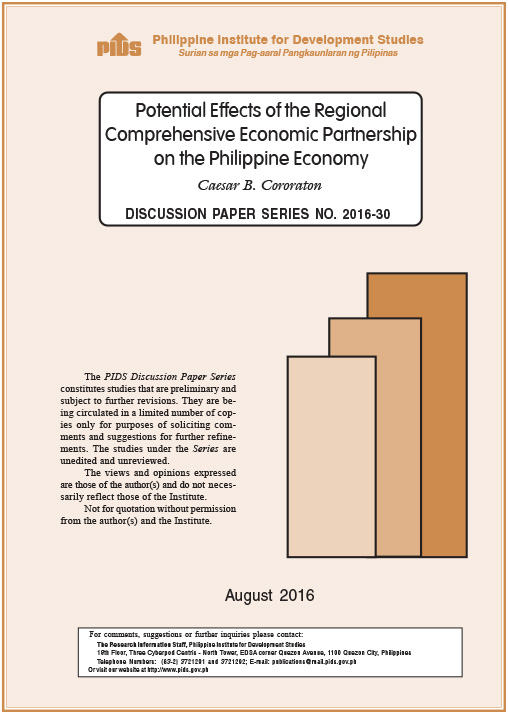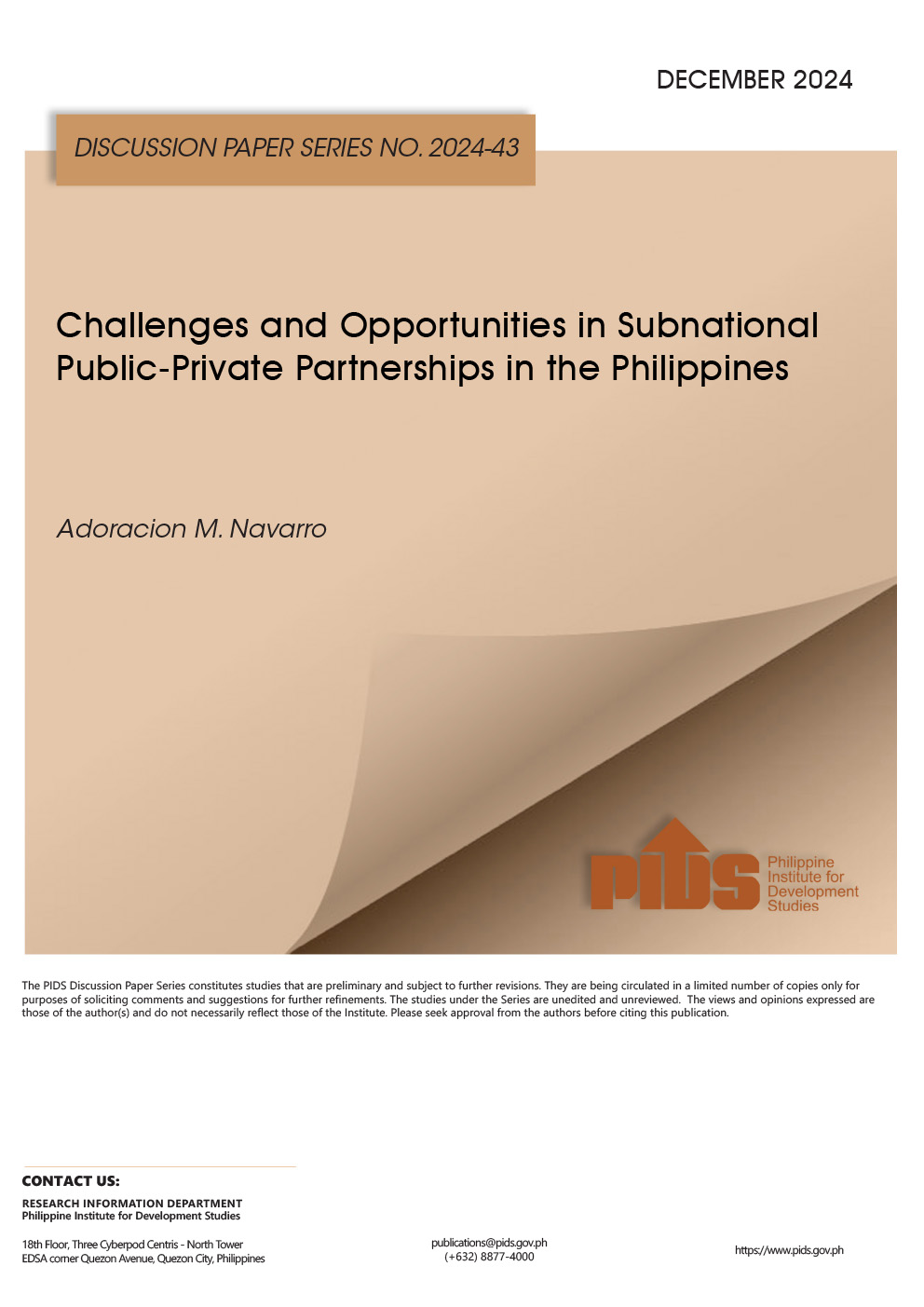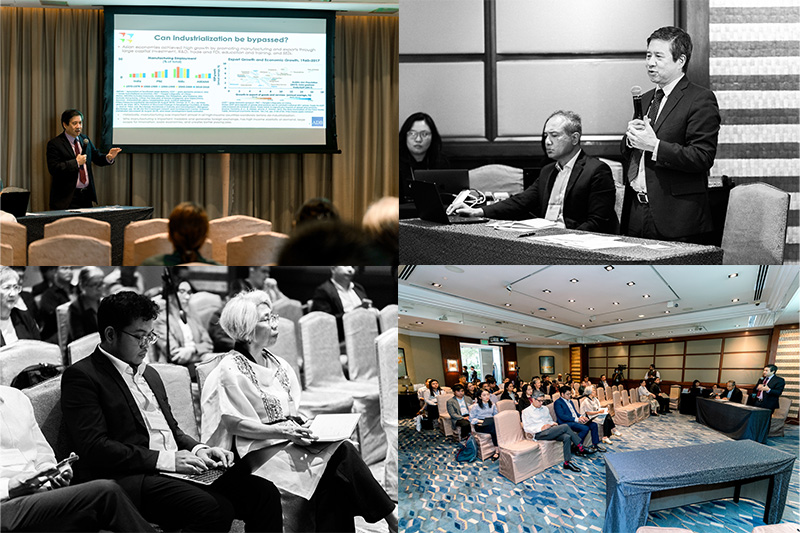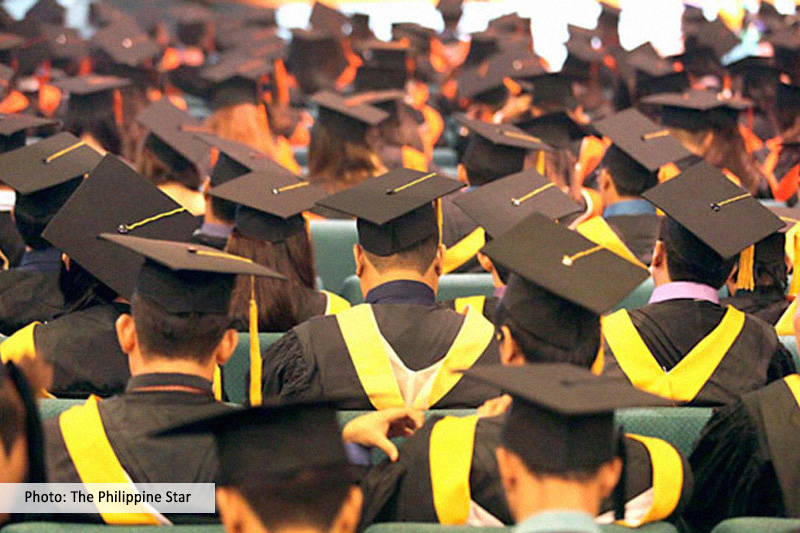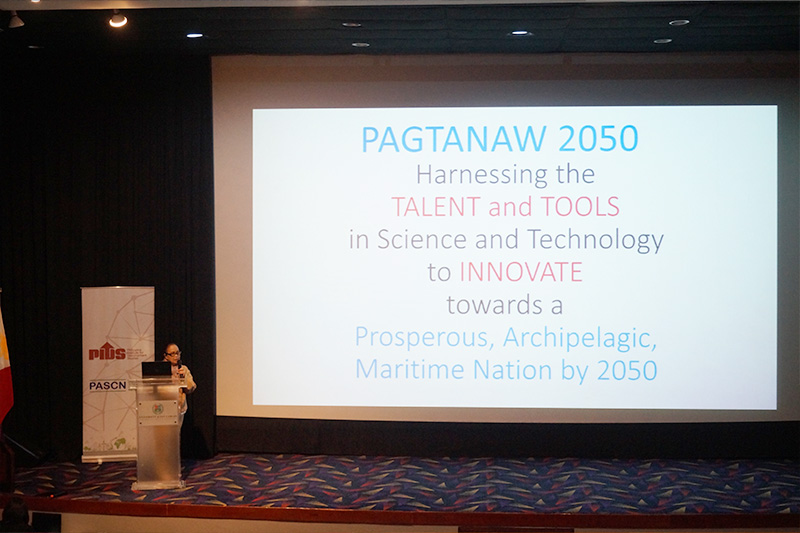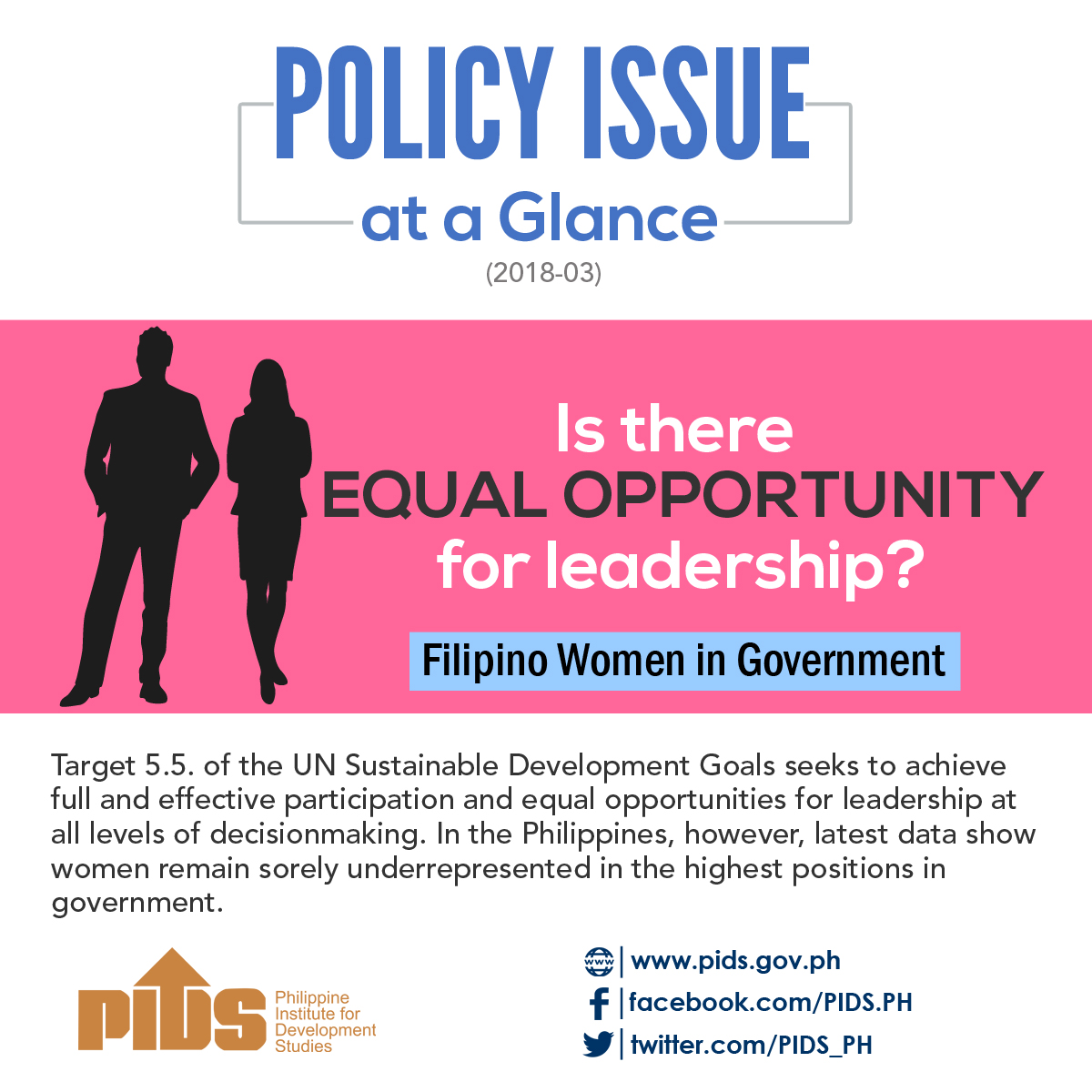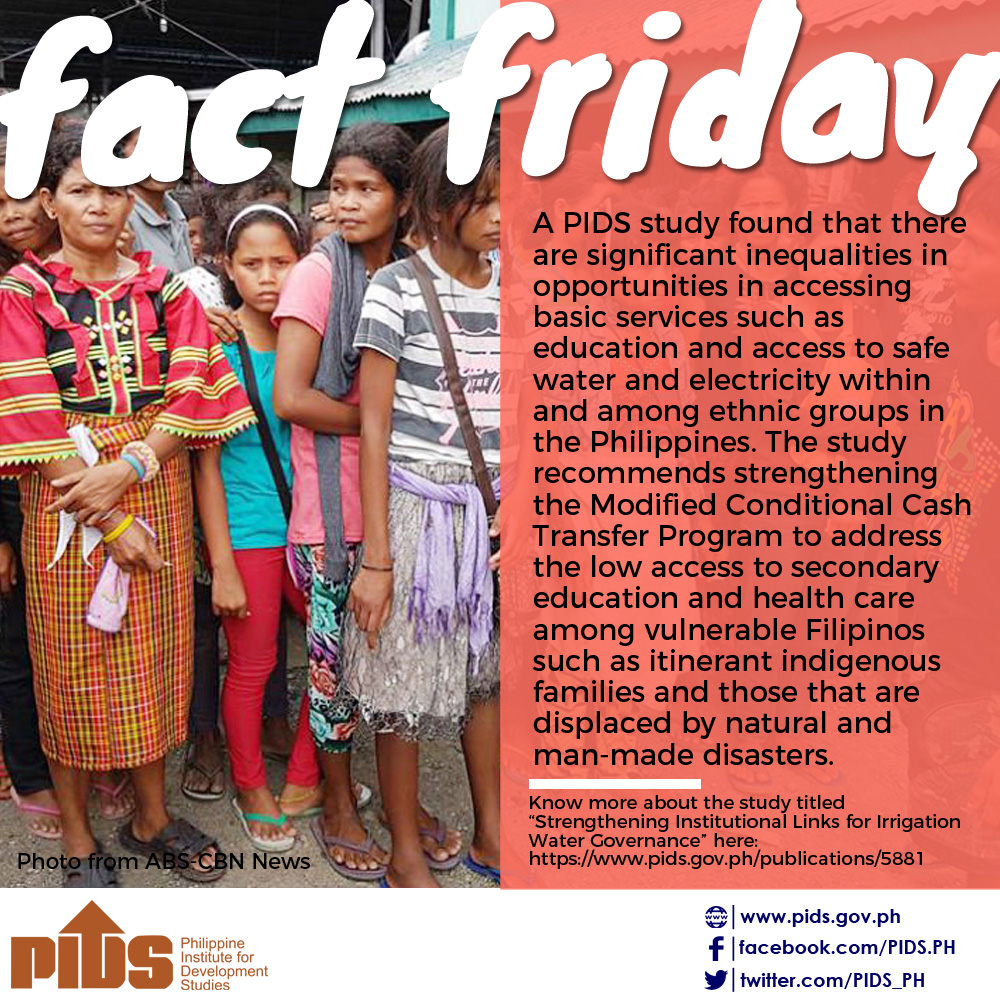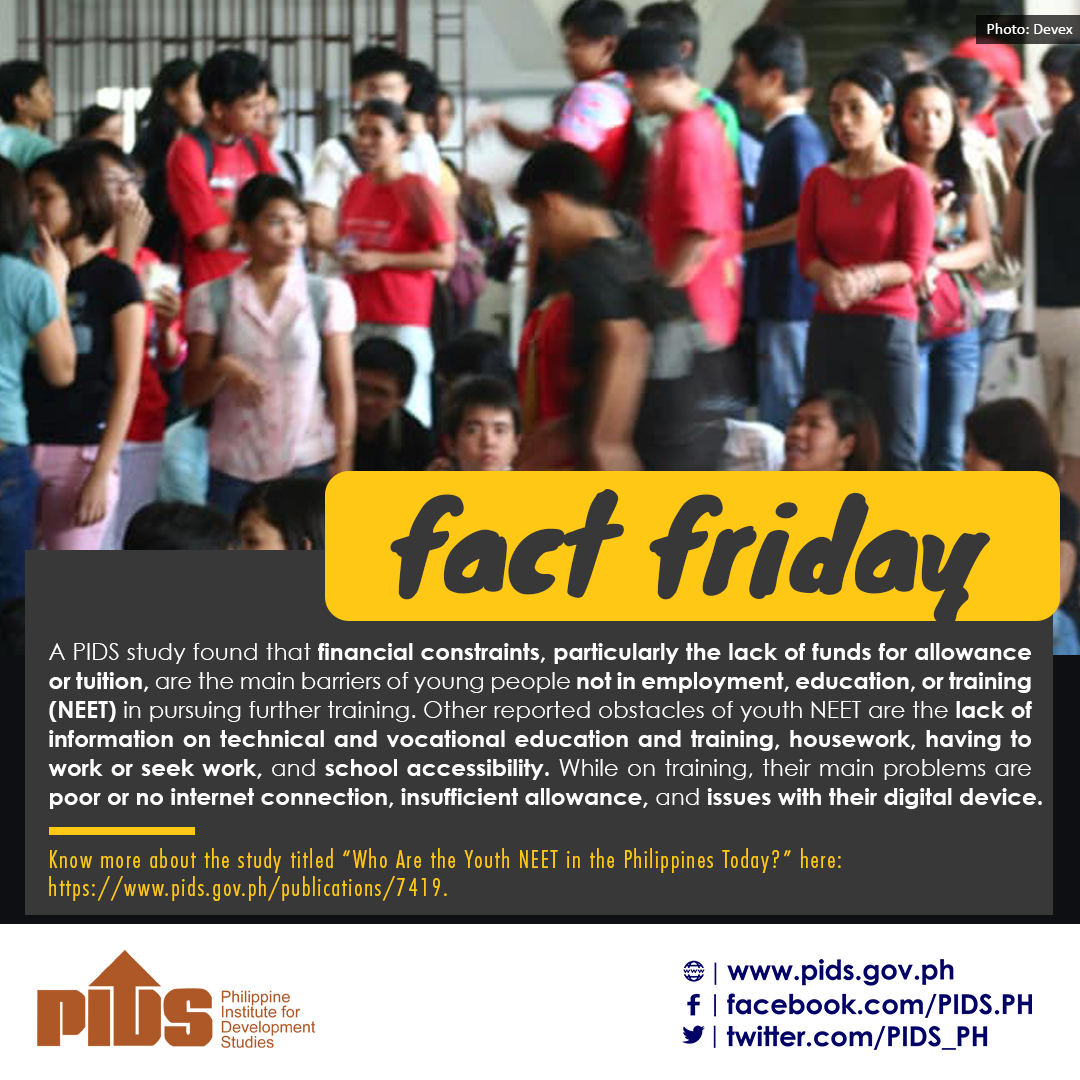INSTEAD of looking at it as a threat, the integration of Southeast Asian economies in 2015 should be viewed as an opportunity to seize, speakers told a forum yesterday in Cebu. Although the Philippines scored only 71 percent in terms of implementing the measures to facilitate and liberalize investments in the Asean Economic Community (AEC), Dr. Erlinda Medalla said this is not something to be scared of. "Seventy-one percent is not bad; it means that we can do more, although there are still gaps. We are on the same boat with other countries but this doesn’t mean that we need to relax. We are still in a race,” said Medalla, a senior researcher at the Philippine Institute for Development Studies (PIDS). Based on the scorecards gauging the country’s preparedness for integration, the Philippines only met 96 measures out of 131 that needed to be implemented from 2010 until the present. Although there are still gaps identified, Medalla said that some fundamental elements of AEC are attainable by 2015. She referred to the tariff and non-tariff measures; trade facilitation; services liberalization and domestic reforms; investment liberalization and facilitation; connectivity and transport facilitation; and the Regional Comprehensive Economic Partnership (RCEP), a free trade agreement between the Association of Southeast Asian Nations (Asean) and its free trade partners.

